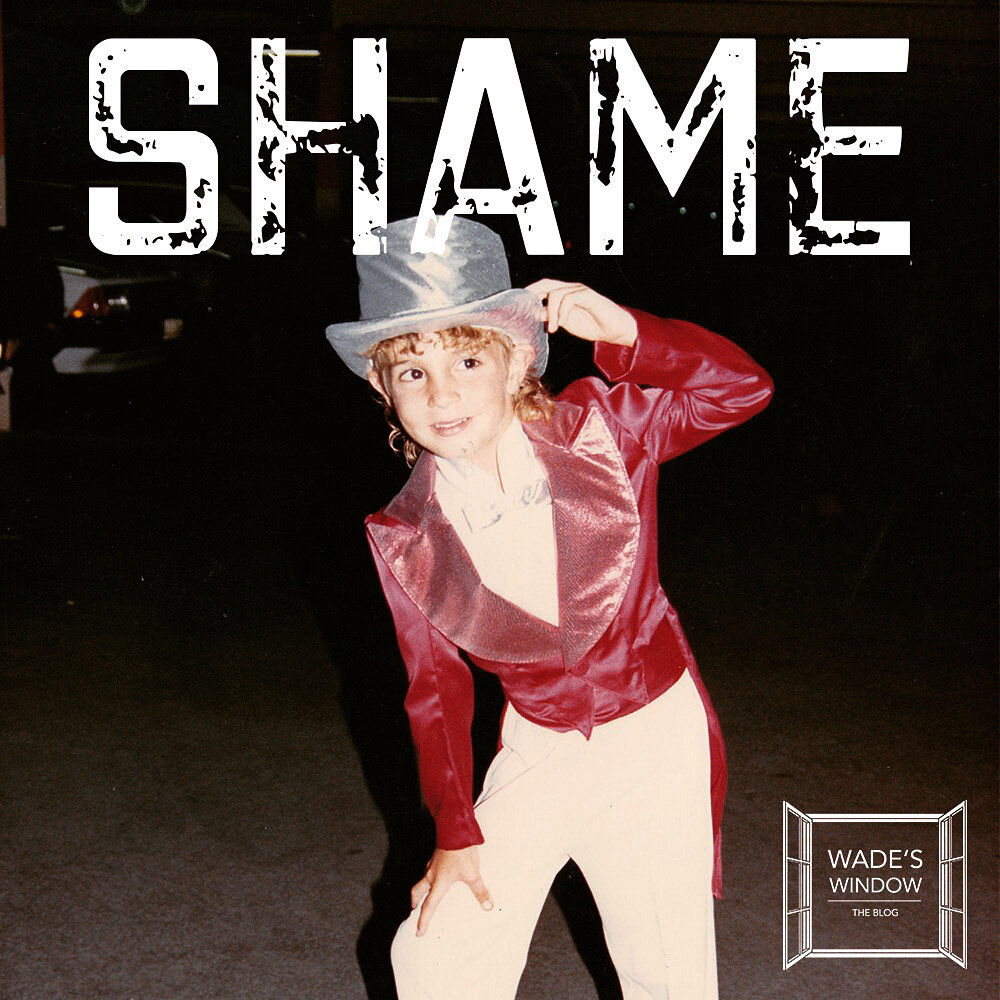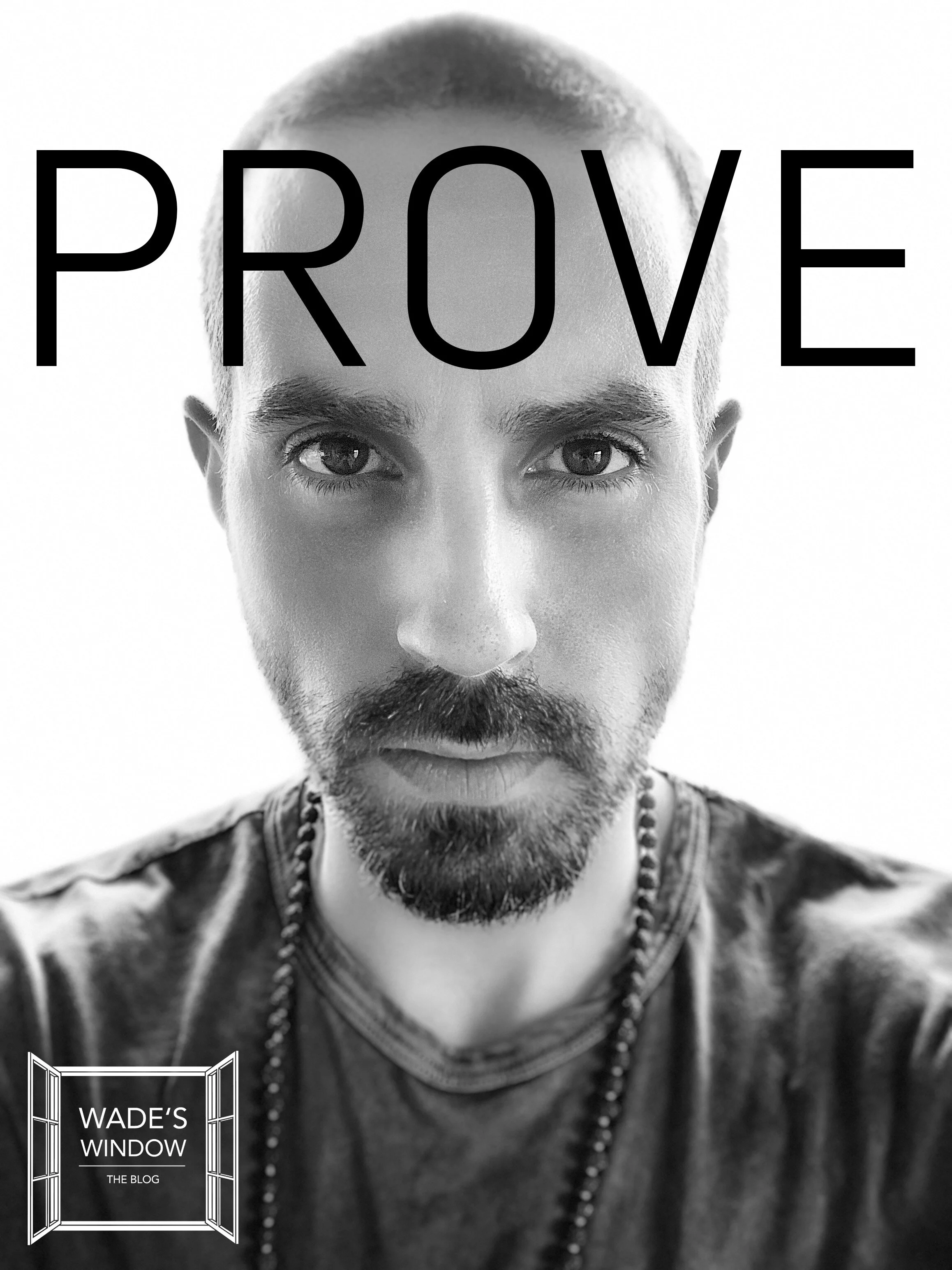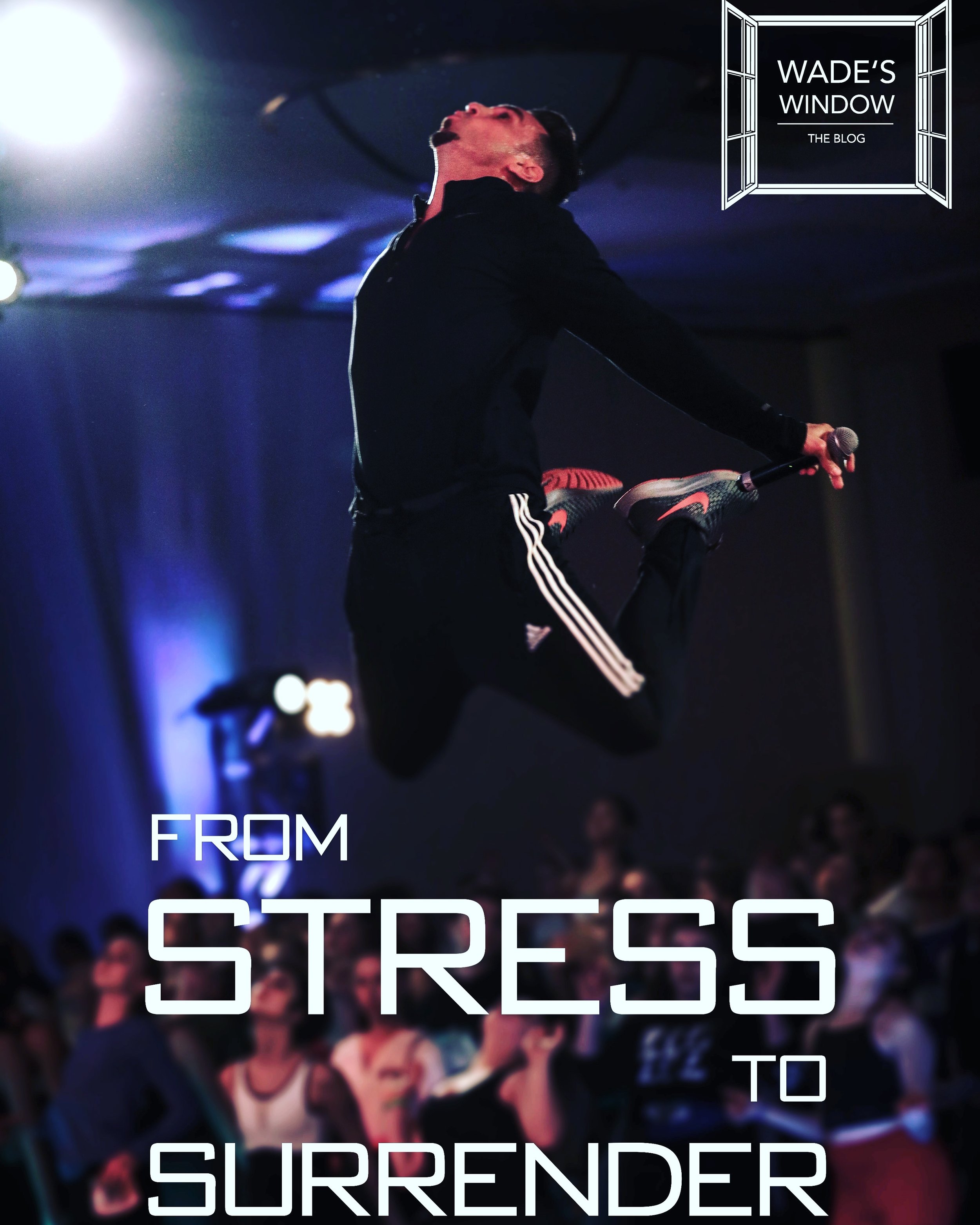Emotional pain arrives and we often immediately start looking elsewhere for the remedy: Netflix, food, social media, other people, cleaning, alcohol, drugs, romance, work, money, stuff, you name it. We’re looking for a soothing salve that will quickly make the pain go away. Even though, if we are being honest, we have already gathered mountains of evidence for ourselves over the years that none of these external pain relievers work for very long. Still, this behavior remains quite enticing and addictive due to the fact that it seems to work so quickly and easily. Even if the pain relief is only for a short amount of time, it nevertheless feels like the better option than having to merely endure the pain.
So what’s the remedy for the unfortunately short duration of external pain relief? Our frequent answer is, more and stronger doses of our quick fix of choice. So, we try this approach, and it maybe works for a while, yet at some point, its effectiveness starts to wane. At this point we either find a new quick fix method all together or we double down, up our dosage so high, that we may even begin to cease feeling anything at all. However, our pain may be so terrifying, so great, that the lack of feeling anything at all, still feels like the better option. Yet eventually, we may find ourselves so numb, isolated, unsure of the point anymore and wishing we could just feel something, anything. Sometimes we’ll even enact extreme or violent measures against others or against ourselves, in a desperate attempt to satiate that deep desire to feel something.
If we put our hand in the fire, we will undoubtably feel the intense pain of being burned. Immediately, we will viscerally understand, that unless we want to get burned, we should not put our hand in the fire. Conversely, if we had put our hand in the fire and felt no pain, we may have inadvertently allowed our hand to be utterly destroyed. This analogy points to a greater truth, that our health and well-being is not hindered by pain but is rather dependent upon our feeling of pain. Often, in order to know the thing we want to avoid feeling, we must first feel that very thing. Furthermore, it’s the acknowledging, accepting, embracing and feeling of the experience that we don’t want, that can be the necessary component of moving towards the experience that we do want.
I ran from and tried to bury my pain for a long time: so long that I eventually started to feel completely emotionally numb. Then, once my nervous system reached emotional pain storage capacity, I broke open. The last 9 or so years have been a masterclass in learning to lean into the pain. The more we run, the bigger, faster and scarier the pain becomes. Yet the revelation is that although terrifying at times, when we can learn to slowly sit with, look at, listen to, describe and feel the pain, albeit painful, it’s often nowhere near as scary, excruciating and deadly as we imagined. The therapeutic technique SOMATIC EXPERIENCING can be quite helpful in this journey.
I find it akin to a child who is throwing a tantrum; once we can stop, tune in, acknowledge, and resonate with the child, she may start to feel more safe, less needy and eventually calm down. Our pain is like that child, that needs to be seen and heard. Eventually the time comes when we must heed that call.
The good news is: pain, anxiety, and fear, the so-called “problem,” is not actually the “problem” at all, but rather an essential ingredient of the solution. Ironically enough, nothing heals like pain.
Love, Wade.































Wade Robson, based on his personal experience of external wins and internal losses, explores our personal definitions of WINNING and their implications.